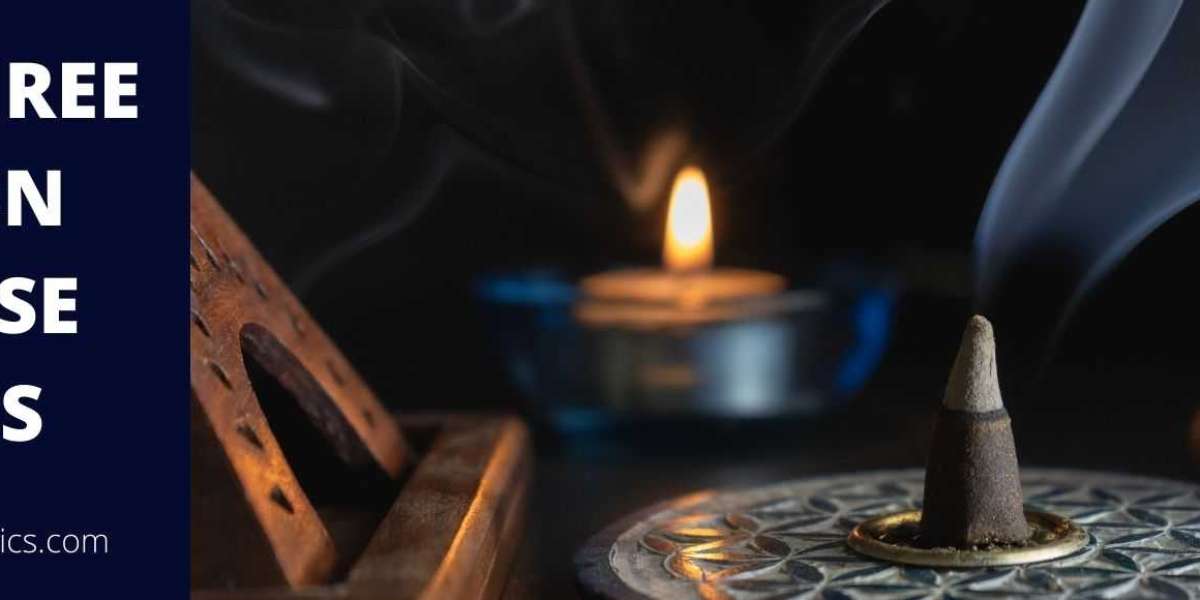Introduction
As the world shifts towards more sustainable and efficient energy solutions, the North American region has witnessed a significant rise in the adoption of alternative power sources. Among these, direct methanol fuel cells (DMFCs) have emerged as a promising technology for various applications, ranging from portable electronic devices to stationary power generation. In this blog post, we will delve into the key components that are driving the growth of the North America Direct Methanol Fuel Cell Market.
Membrane Electrode Assembly (MEA)
At the heart of every DMFC lies the Membrane Electrode Assembly (MEA), a crucial component responsible for the electrochemical reactions that produce power. The MEA consists of a proton-conducting membrane sandwiched between two electrodes – an anode and a cathode. In the case of DMFCs, methanol and water are fed to the anode, where they undergo oxidation to release protons and electrons. The protons migrate through the membrane to the cathode, while the electrons travel through an external circuit, generating electrical power. Advancements in MEA materials and designs have led to improved efficiency, power density, and overall performance of DMFCs, making them more viable for practical applications.
Catalysts
Catalysts play a pivotal role in accelerating the electrochemical reactions occurring at the anode and cathode of DMFCs. Platinum-based catalysts are commonly used due to their exceptional activity for methanol oxidation and oxygen reduction reactions. Researchers and companies are continuously working on developing novel catalyst materials that are cost-effective, durable, and efficient, as the high cost of platinum remains a challenge for widespread commercialization. Catalyst advancements contribute to enhancing the overall energy conversion efficiency of DMFCs.
Fuel Management System
Efficient and precise management of the fuel supply is essential for DMFC operation. The fuel management system controls the flow of methanol and water to the anode, ensuring the optimal ratio for the electrochemical reactions. Inadequate fuel supply can lead to performance degradation, while excessive fuel can result in wastage and potential safety risks. Advanced control algorithms and sensors are employed to regulate the fuel flow, maximizing energy output and extending the lifespan of the fuel cell.
Balance of Plant Components
In addition to the core components, various balance of plant components contribute to the overall efficiency and reliability of DMFC systems. These include pumps, heat exchangers, water management systems, and control units. Effective water management is crucial as excessive water accumulation can hinder the reactant supply and cause flooding, while inadequate water can lead to membrane dehydration and reduced performance. Proper integration and optimization of these components are essential for achieving stable and consistent DMFC operation.
Applications and Market Trends
The North American DMFC market has witnessed significant interest across various applications. Portable electronic devices, such as smartphones and laptops, benefit from the compact and lightweight nature of DMFCs, providing longer operating times compared to traditional batteries. Moreover, DMFCs are gaining attention for stationary power generation in off-grid and backup power scenarios. The automotive sector is also exploring DMFC technology as a potential solution for range extenders in electric vehicles, where DMFCs can generate power to recharge batteries on-the-go.
Conclusion
The North American DMFC market is driven by a combination of advanced components that contribute to the efficiency, reliability, and overall performance of these fuel cells. As research and development efforts continue to enhance the key components such as MEAs, catalysts, fuel management systems, and balance of plant components, DMFCs are poised to play a more significant role in the region's transition towards cleaner and sustainable energy solutions across diverse applications.
Browse Related Reports:
South America Direct Methanol Fuel Cell Market
Europe Direct Methanol Fuel Cell Market






